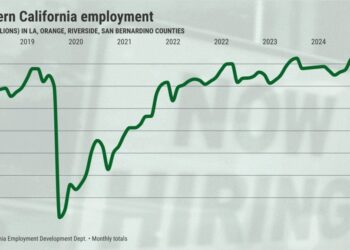If there’s anything 2022 has shown us, it is that uncertainty continues to prevail and is becoming the norm. Materials and commodity prices spiked in 2022 and remain in flux due to ongoing supply chain disruptions, material input cost increases, and higher inflation. Pricing for rebar, sheet metal, lumber, and electrical equipment was heavily impacted with steep increases in the second quarter of 2022. Although pricing is leveling off, supply and delivery lead times for these materials and others is a challenge even as we begin 2023. For example, according to the Clayco Cost Index (CCI), past lead times for standard HVAC units was six to eight weeks. The CCI now tracks current lead times for small, standard HVAC units at 32 weeks and as high as 80 weeks for large HVAC units, such as Desiccant Dryers.
The 4th quarter of 2022 brought some improvement in material availability. Roof insulation and roof membrane availability continues to improve. Chemical factories are continuing to rebuild inventories improving availability of PVC, epoxy, flooring, and paint. Commodity future pricing is robust, bringing price stability to the market. Switchgear and electrical components are the most problematic material with lingering availability and long lead times as much as 72 weeks. The good news is metal pricing has dropped along with improved lead times. Except for electrical products with electrical components, 2023 should see continued market stabilization and improved product availability.
Although we will see improvement in material pricing and availability, we are still not back to the typical lead times and pricing as benchmarked prior to 2020. So how does a general contractor mitigate this risk for clients? Clayco advises clients on multiple strategies we can use to mitigate the risk for them and for our subcontractors. The Clayco team recently broke ground on a mixed-use project in Culver City. We proactively employed the following strategies to successfully…
Read the full article here






